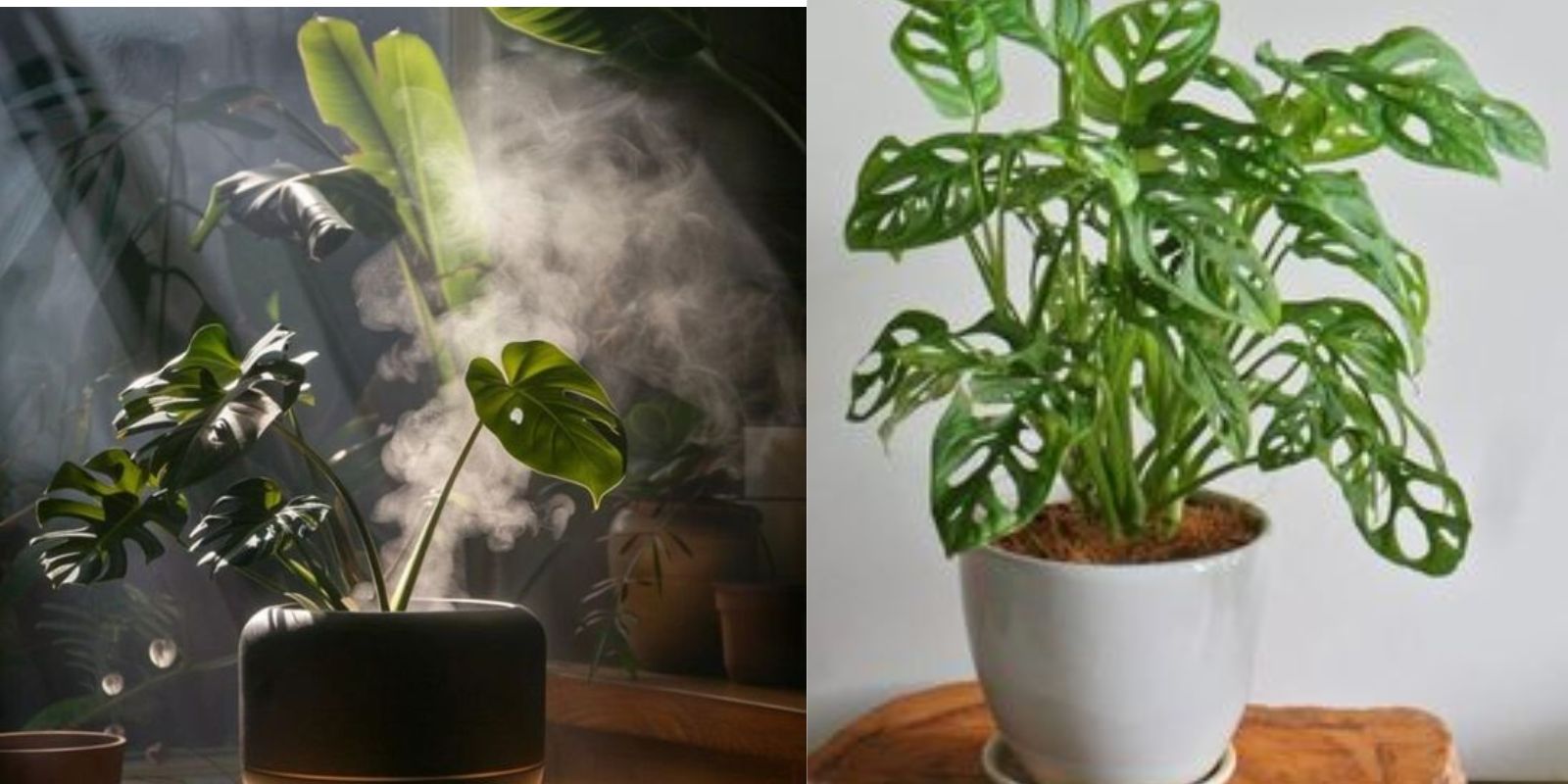Indoor plants can be quite the challenge to maintain, especially when it comes to providing them with the right amount of moisture and humidity. In recent times, a surprising tool has found its way into the plant care arsenal: the hair dryer. While it may seem unconventional, using a hair dryer on indoor plants can offer several unexpected benefits. This article will explore why and how this method works, providing you with practical steps to incorporate this technique into your plant care routine.
Why Use a Hair Dryer on Indoor Plants?
Indoor plants, particularly those native to tropical climates, often struggle with the dry air found in many homes. This can lead to issues such as dried-out soil, stressed foliage, and a general lack of vitality. Here’s why a hair dryer might be the solution:
- Humidity Control: Many indoor environments have low humidity levels, especially during the winter months when heating systems are in use. A hair dryer can help simulate the humidity levels these plants are accustomed to, improving their overall health.
- Drying Out Moisture: For plants that are prone to root rot or fungal infections due to excessive moisture, a hair dryer can help dry out the soil surface and prevent these issues.
- Preventing Mold and Mildew: Regular use of a hair dryer can help keep the leaves and soil surface dry, reducing the likelihood of mold and mildew development.
- Boosting Growth: By ensuring optimal humidity and moisture levels, plants may experience improved growth and vitality.
Steps to Use a Hair Dryer for Indoor Plants
1. Choose the Right Setting
When using a hair dryer on plants, it’s crucial to choose the right heat setting. Opt for a low or medium heat setting to avoid overheating the plant, which can cause stress or damage. High heat settings should be avoided as they can dry out the plant too quickly and harm delicate foliage.
2. Keep a Safe Distance
Hold the hair dryer approximately 6-12 inches away from the plant. This distance ensures that the air is warm enough to benefit the plant without being too direct or harsh. Keeping a safe distance also helps to evenly distribute the air over the plant, preventing localized overheating.
3. Use Intermittently
Apply air in short bursts rather than continuous streams. A few minutes of air application at a time is usually sufficient. Focus on the leaves and soil surface, as these are the areas most impacted by moisture levels. If the plant is particularly large or dense, you may need to move the hair dryer around to ensure even coverage.
4. Monitor the Plant
After using the hair dryer, observe the plant for any signs of improvement or stress. Look for changes in leaf texture, color, and overall plant vitality. If the plant appears to be responding positively, you can continue using the hair dryer as part of your regular care routine. If you notice any signs of distress, adjust the duration and distance of the air application.
Additional Tips for Using a Hair Dryer on Indoor Plants
1. Avoid Overuse
While a hair dryer can be beneficial, it should not replace regular plant care practices. Overuse can lead to problems such as excessive dryness or heat stress. Use the hair dryer as a supplementary tool rather than the primary means of plant care.
2. Consider Plant Type
Different plants have varying humidity and moisture needs. Make sure to research the specific requirements of your plants before using a hair dryer. For example, succulents and cacti may not require additional humidity, whereas tropical plants might benefit more from this method.
3. Combine with Other Care Practices
Incorporate the use of a hair dryer with other plant care techniques such as proper watering, occasional misting, and ensuring adequate light. This holistic approach will help maintain a balanced environment for your plants.
4. Use a Hygrometer
To better understand the humidity levels in your indoor environment, consider using a hygrometer. This tool will help you gauge the effectiveness of the hair dryer in increasing humidity and allow you to make more informed decisions about plant care.
Conclusion
Incorporating a hair dryer into your indoor plant care routine might seem unconventional, but it offers several practical benefits. By controlling humidity, drying out excess moisture, and preventing mold and mildew, a hair dryer can help your indoor plants thrive. Remember to use the hair dryer thoughtfully, keeping it at a safe distance, using it intermittently, and monitoring your plants for any signs of stress or improvement. With these tips in mind, you can harness the power of this everyday appliance to create a more conducive environment for your beloved plants.
Motivation: Discover how this simple household tool can transform your indoor plant care routine and help your plants flourish all year round! 🌿💨

